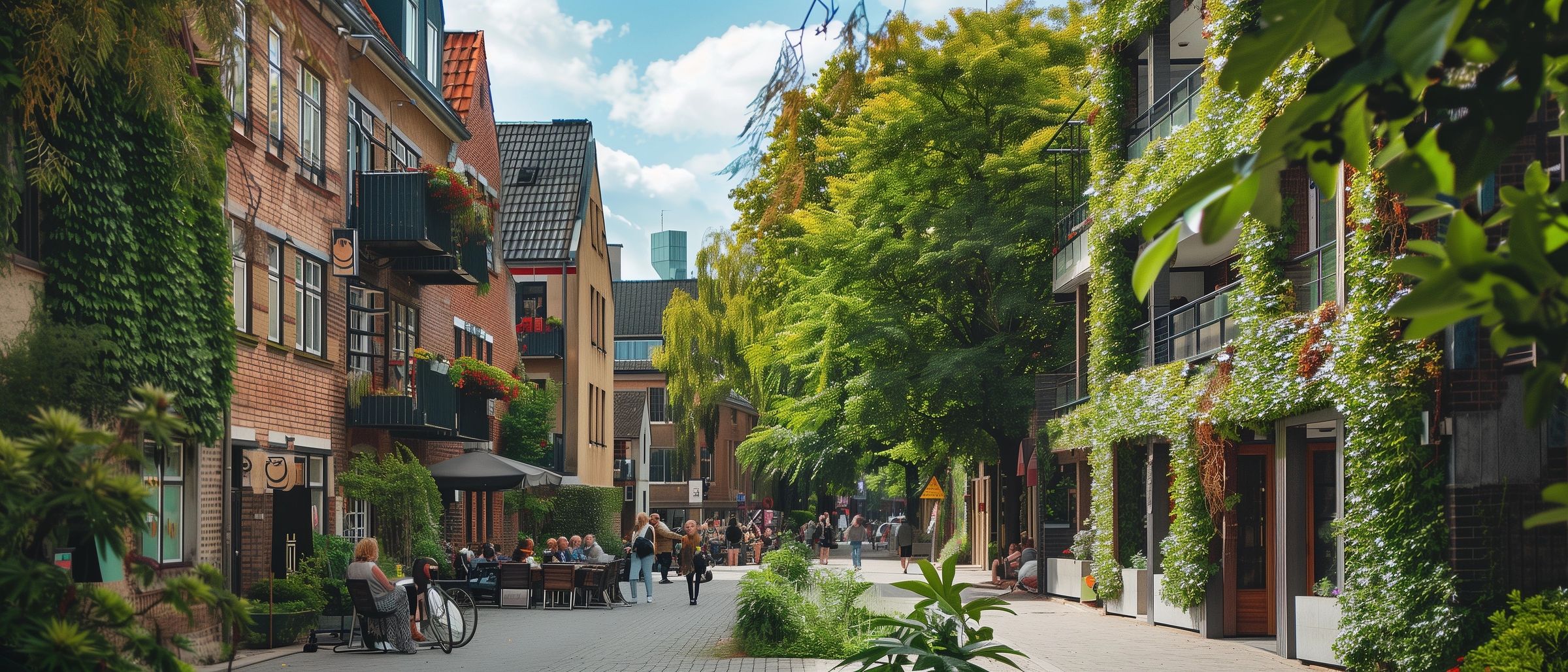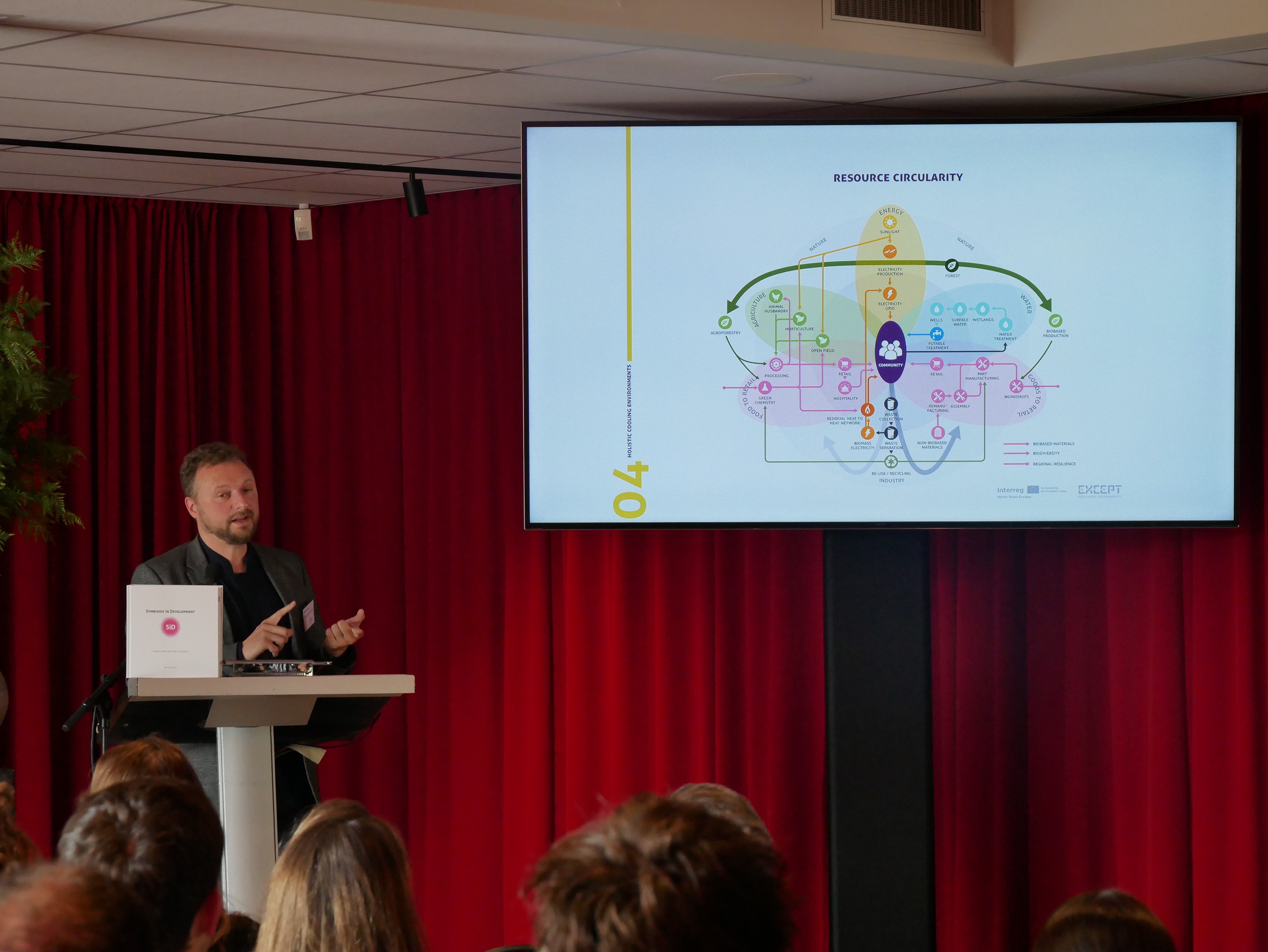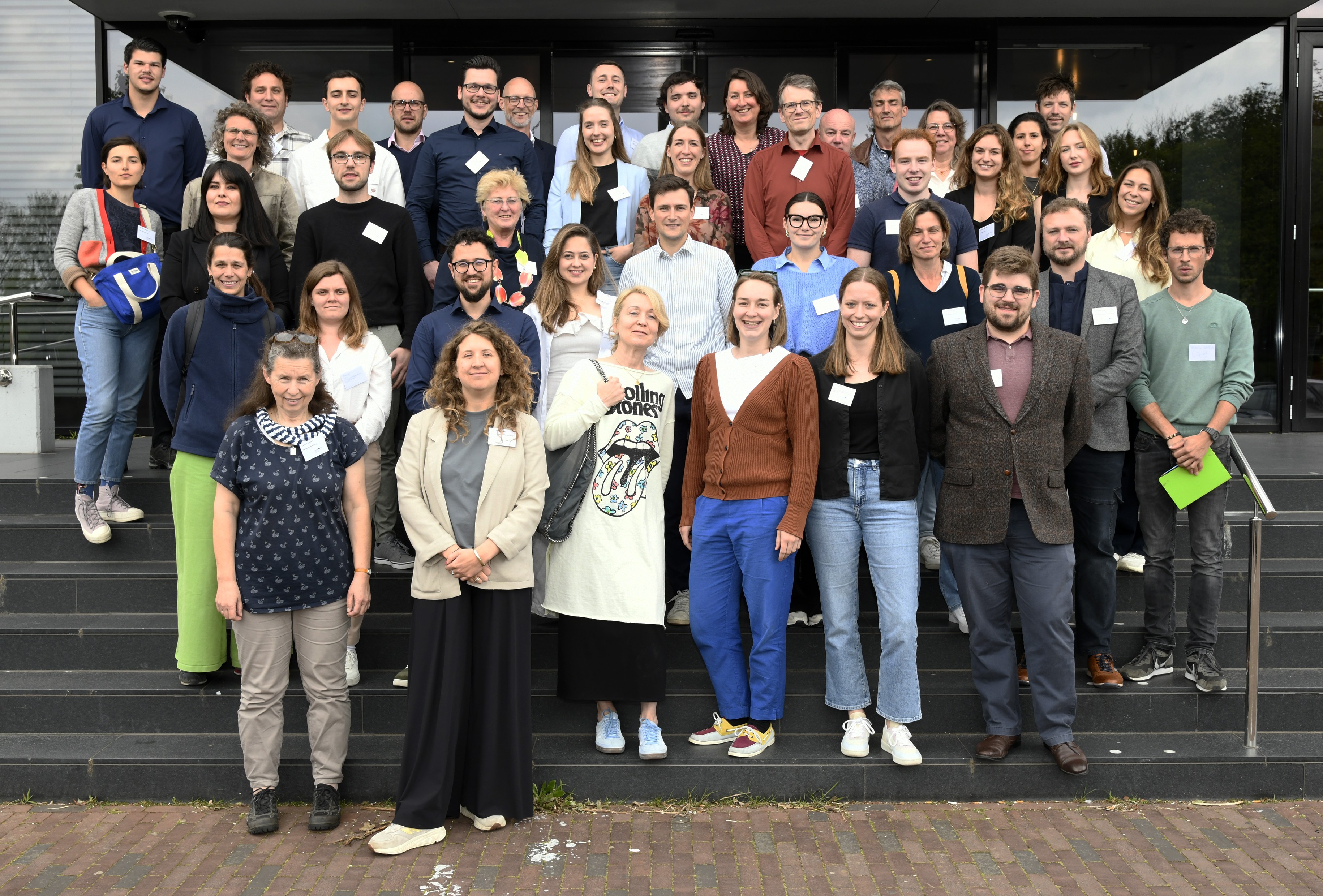

Cool Neighbourhoods
Regenerating urban heat stress areas in European cities
Jul 01, 2024

This project, supported by the European Interreg North West Europe program, aims to reduce urban heat stress and improve liveability in nine pilot areas across the Netherlands, Belgium, France, and Luxembourg. By collaborating with communities and experts, tailored interventions target vulnerable groups, and use citizen science for data collection. Greening over 30,000 square meters of public space, the project enhances health, well-being, and biodiversity, while using a liveability index to measure impact and guide future actions.

The increasing temperature in cities due to global warming creates hotter areas within cities, which poses risks for people living there. These higher temperatures have a negative impact on public health, productivity, well-being, air and water quality and other urban systems.
We call these impacts ‘Heat Stress’. This project, supported by the European Interreg North West Europe program addresses pressing heat risks and enhances liveability in at-risk neighbourhoods.
The project focuses on addressing these heat risks at a local level by closely collaborating with communities in nine pilot areas in the Netherlands, Belgium, France, and Luxembourg. Policymakers, specialized designers, and a range of experts from 12 European partners work together in this project in a co-creation process in a period of 3 years.

Although the nine pilot areas face similar challenges, they each have unique circumstances. The project includes a range of interventions targeted at specific groups within each community such as vulnerable populations, the elderly, youth, SMEs, property owners, and visitors. Through the integration of stakeholder interests, the project aims to have the greatest possible impact on reducing heat stress and improving overall well-being, biodiversity, and environmental quality across Interreg North West Europe.
While there are strategies to address urban heat issues, different neighbourhoods face varying levels of heat stress. All partners in the project collaborate to co-create and implement training programs and neighbourhood plans to reduce heat stress and enhance quality of life. These plans are tailored to each location based on detailed cost-benefit analysis and data collected through citizen science and community involvement.
Joint design and implementation drives stakeholder support, enhancing community resilience and future ownership. A liveability index quantifies impact and allows comparison of neighbourhoods for future interventions. The project also builds on the knowledge and tools acquired from other European projects such as the former Cool Towns project and Nature Smart Cities project for mitigating heat stress.
Risks for public health are increasingly seen in densely populated regions of North-West Europe, leading to a growing demand for ways to cool neighbourhoods in the years to come. These areas are selected based on three types of neighbourhoods:
The 9 project locations are in the Netherlands, Belgium, France, and Luxembourg, and involve greening over 30,000 square meters of public space. The project also aims to enhance the overall quality of life in these neighbourhoods, including: health, recreation, awareness and social connections.

Planting trees, setting up shade sails and adding water features are all successful strategies for reducing heat stress. This doesn’t just keep places cooler and make places more attractive to live but can also provide additional benefits, including biodiversity, social connectivity, reduced risk and cost, and educational values.
Together, we are building a cooler and more livable future for everyone, ensuring that its outcomes benefit communities across North West Europe. With a focus on reducing heat risks and improving liveability, the project is set to leave a lasting legacy for generations to come.
The Cool Neighbourhoods project is supported by the European Interreg North West Europe program. For more information about Cool Neighbourhoods and its transformative impact, visit the Cool Neighbourhoods website


July 1, 2024
Director
Architect and Project Manager
Head of Urban Planning
Head of research, Physicist
Industrial Ecologist